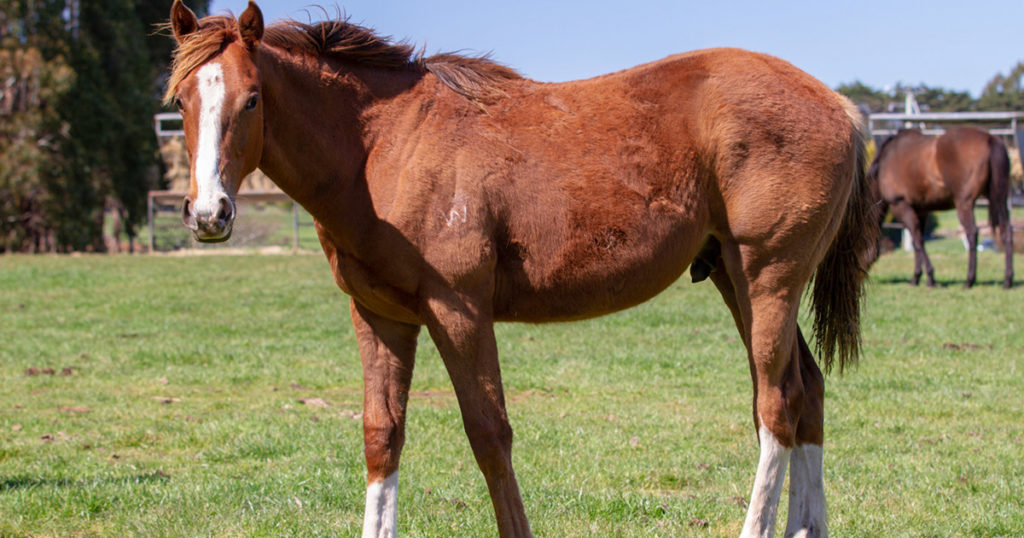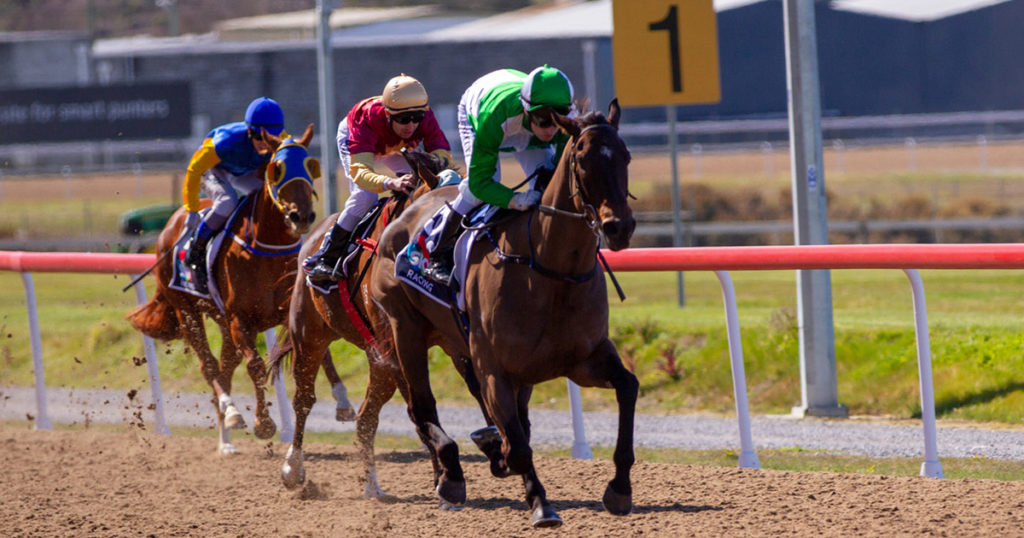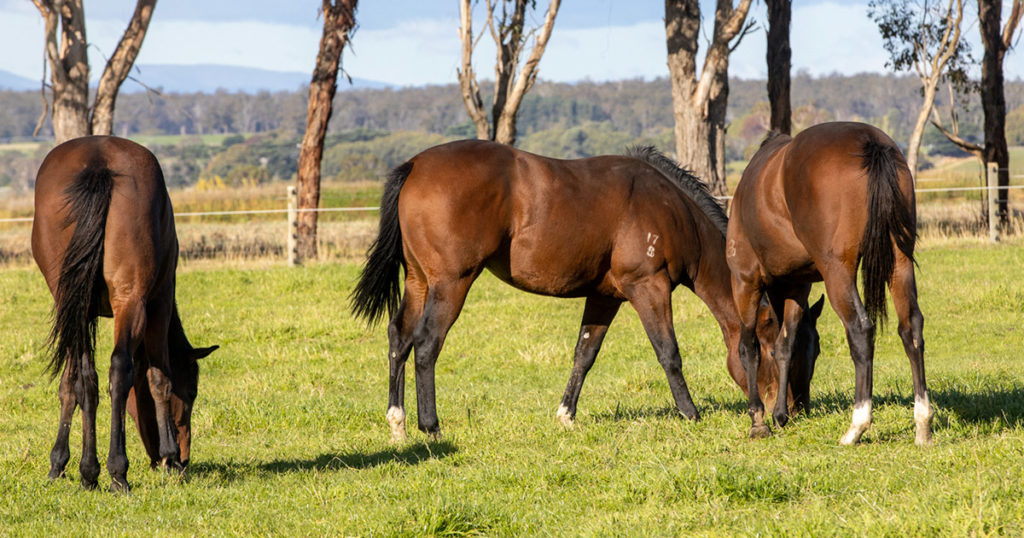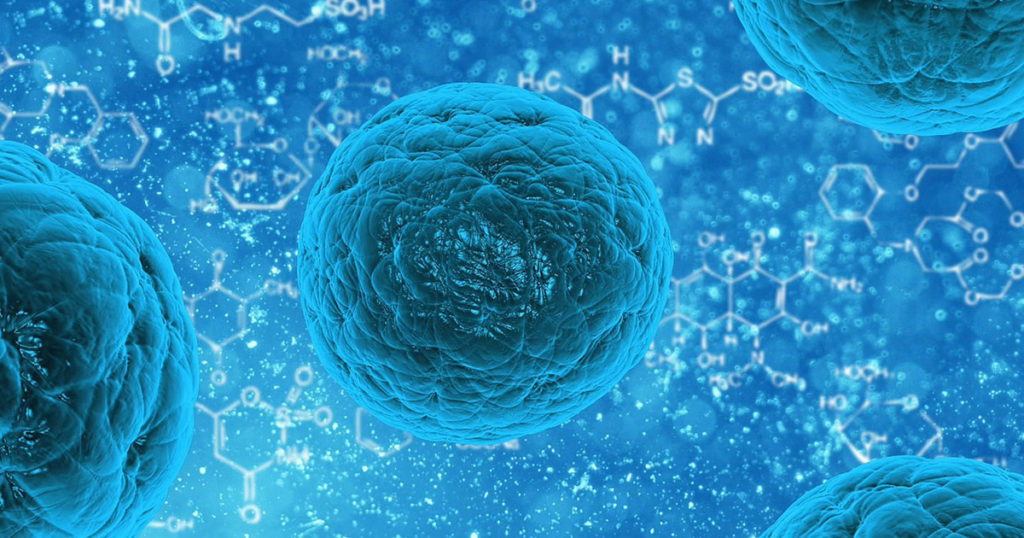Before a breeding season gets underway, it’s worth stopping to consider the influence of various factors on a stallion’s fertility.
It is well known that stress, nutrition (including both excesses and/or insufficiencies of specific nutrients), body composition, light exposure, certain medications and fitness levels are just some of the important factors which influence testosterone levels, sperm count, motility and morphology in our stallions.
When a stallion has a period during the season where his fertility is sub-par it’s easy to focus on what is happening for the stallion at that point in time. If a bunch of mares are returning negative 14-18 day scans, it can be easy to even consider what happened in the 2-3 week period prior (ie around the time when the mare was covered). Yet, likely the most important question to consider is what was happening for the stallion 55-57 days prior to the day of cover of those mares returning negative scans?
Spermatogenesis is the process of sperm cell development, and in the stallion takes around 55-57 days. That means, things which negatively impact sperm cell production and development may not be reflected in fertility parameters until nearly two months afterwards. For a stallion that may struggle with fertility rates mid-season, we really need to be considering what was happening for that stallion around two months prior.
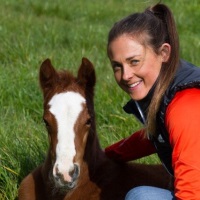
Camilla Whishaw is a highly regarded, experienced horsewoman and naturopath, helping to holistically treat and manage a broad range of equine health conditions and injuries, with a passion for mare and stallion fertility.
As a world-renowned practitioner, presenter, author, and consultant in the field of Equine Naturopathy, Camilla shares her knowledge through keynote presentations, interviews, lectures, panel sessions, and workshop training.


